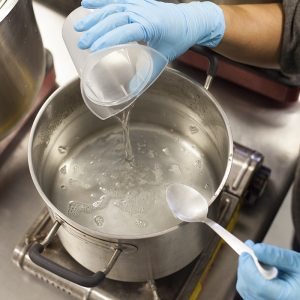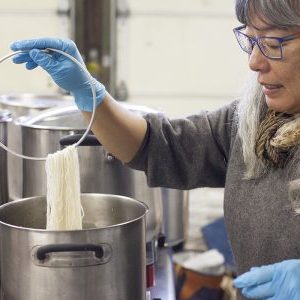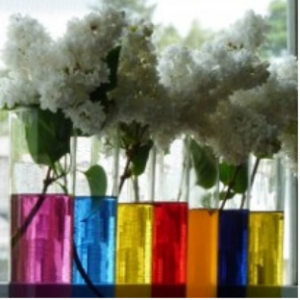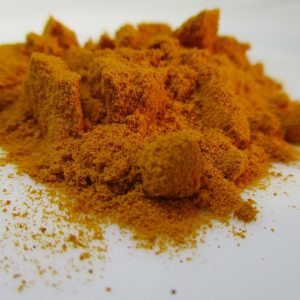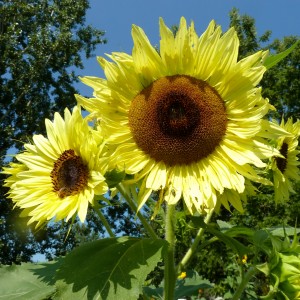FEEDBACK FRIDAY: This Week in Natural Dye Questions
Each week, we are emailed with questions from our natural dye community asking simple and complex questions that we thought might be worth sharing. Here are a handful from this week answered by natural dyer in chief, Kathy Hattori, Founder of Botanical Colors: What’s the difference between colorfastness in natural dyes vs synthetic? Based on the fact that we have museums filled with tapestries and other textiles from hundreds of years ago, why is there such debate that natural dyes last? This is an interesting question with a complex answer. Color, light and washfastness commonly refers to how well a … Read more



